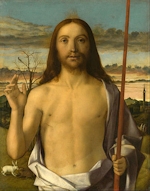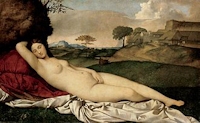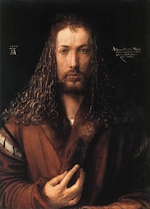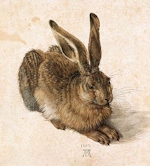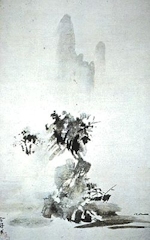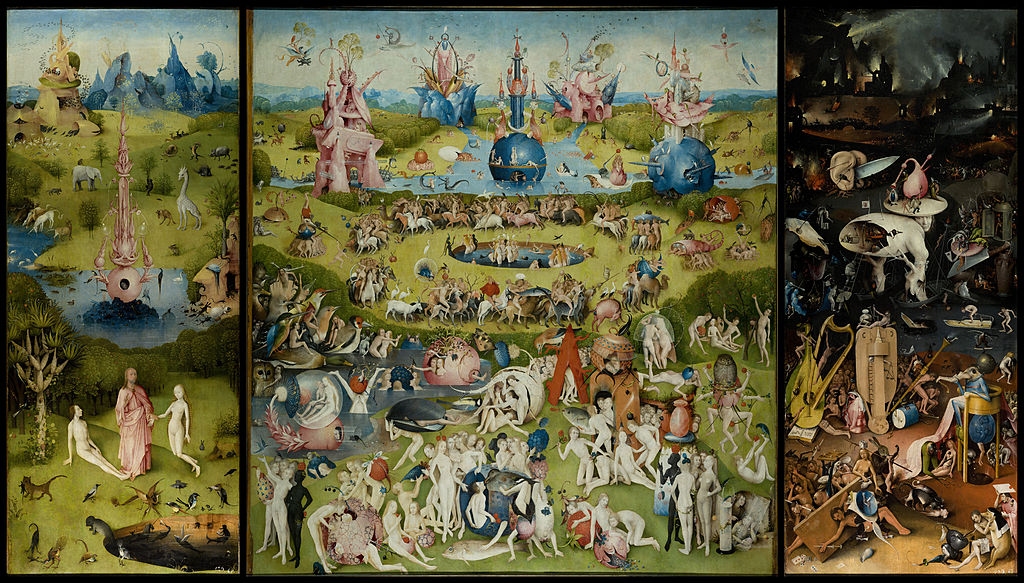|
John's Blog
Sunday, February 28 2016
This post as well as many to follow are going to be a little of art history along with some world history to give the reader an idea of what was going on in the world at the time a famous painting was done. The idea of these posts comes from talking to my students about art, and learning many of them really don’t know what was going on in history around the world at the time paintings were done. I think knowing these things makes for a deeper understanding of the paintings. I think the best painting to start with might as well be the most famous. No, it isn’t one of mine. It is, of course, the Mona Lisa. Leonardo da Vinci painted the Mona Lisa, in 1503 to maybe 1506. (There are always some arguments about these dates as well as some of the other facts but I’ll do my best to go with the majority views.) It is a half-length portrait of a lady named, Lisa del Giocondo and was commissioned by her husband. The name, Mona Lisa, is from the Italian name for what was originally “ma donna” or my lady but was shortened to Mona in time, and most often in Italian as Monna Lisa. It is painted on a wooden (poplar) panel and is about 30 X 21 inches in size. I won’t go into a lot about the painting. That can be found almost anywhere on the Internet. The purpose of this blog is to place it in world history. So what was going on in 1503 or the early part of the 16th century? First it was painted in Florence, Italy even though it has lived most of its life in France, in modern history at the Louvre. This period in Western history is known as the Renaissance which went from the 14th to the 17th centuries. Some think it really started in Italy, Florence in particular, where the Medici family ruled, and promoted all forms of art and science. It was a period of humanism. Scholars studied text from the Greeks, Turks, as well as other from antiquity, and around the known world. Art: Linear perspective, the system for artists to accurately portray nature was invented by Filippo Brunelleschi (1377 –1446) in Florence.
Exploration:
Science: Saturday, February 20 2016
This is a pencil drawing done for a basic drawing class I taught a while back. The idea was to show perspective, with angularity of the basket , It was also an exercise in working with soft lines to show a gentle or subtle change in tone or value. It seemed to work for the class. This was done with on Strathmore sketching paper with a series of graphite pencilss, ranging from 4H, to 4B. It was done from a photo I had found many years ago. This took about four hours to complete. Monday, February 15 2016
Since it is now snowing and very winter I felt it was timely to post a few pen & ink drawings I just found. These were done a while back as illustrations for some book publishers as well as being used for a class in drawing. I have made these into small prints for anyone interested. These were done on a bristol paper with a fine point Sharpie. I first drew the basic shapes with a 6H pencil to create the composition then went to work with the pen. Working in pen and ink this way can be very relaxing and a sort of meditation when there is a great deal of detail. I recommend keeping them sort of small. Big is a lot of work. [grin] These are all around eight inchs on a side or near that. 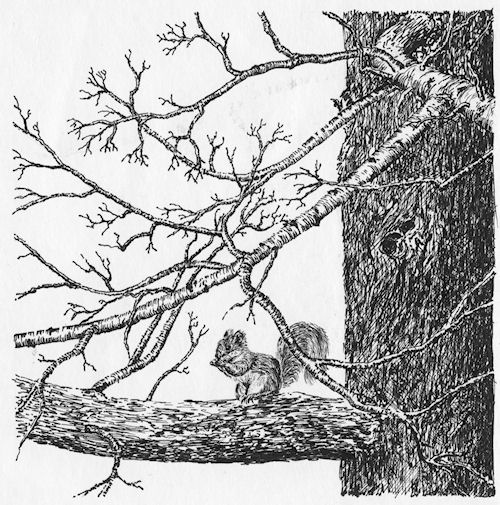 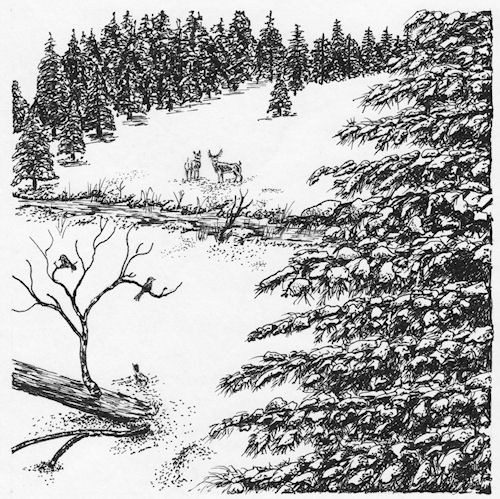 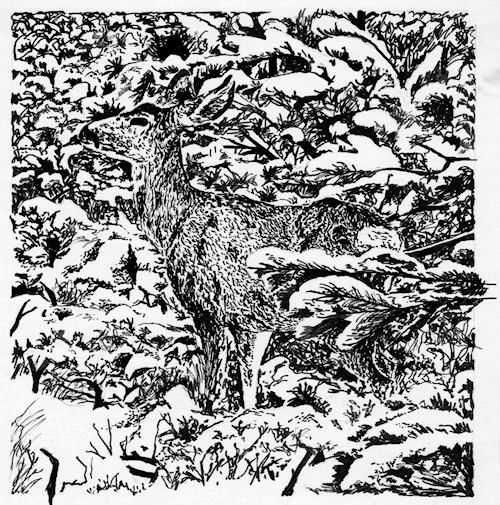 |
Site Mailing List
Sign Guest Book
View Guest Book
The portraits, paintings, prints and art classes of John Entrekin
John Earl Entrekin
Site designed and managed by Midair-maintence. All content is copyrighted by John Earl Entrekin, 2011
Build your own website
WebStudio Website Builder
WebStudio Website Builder






